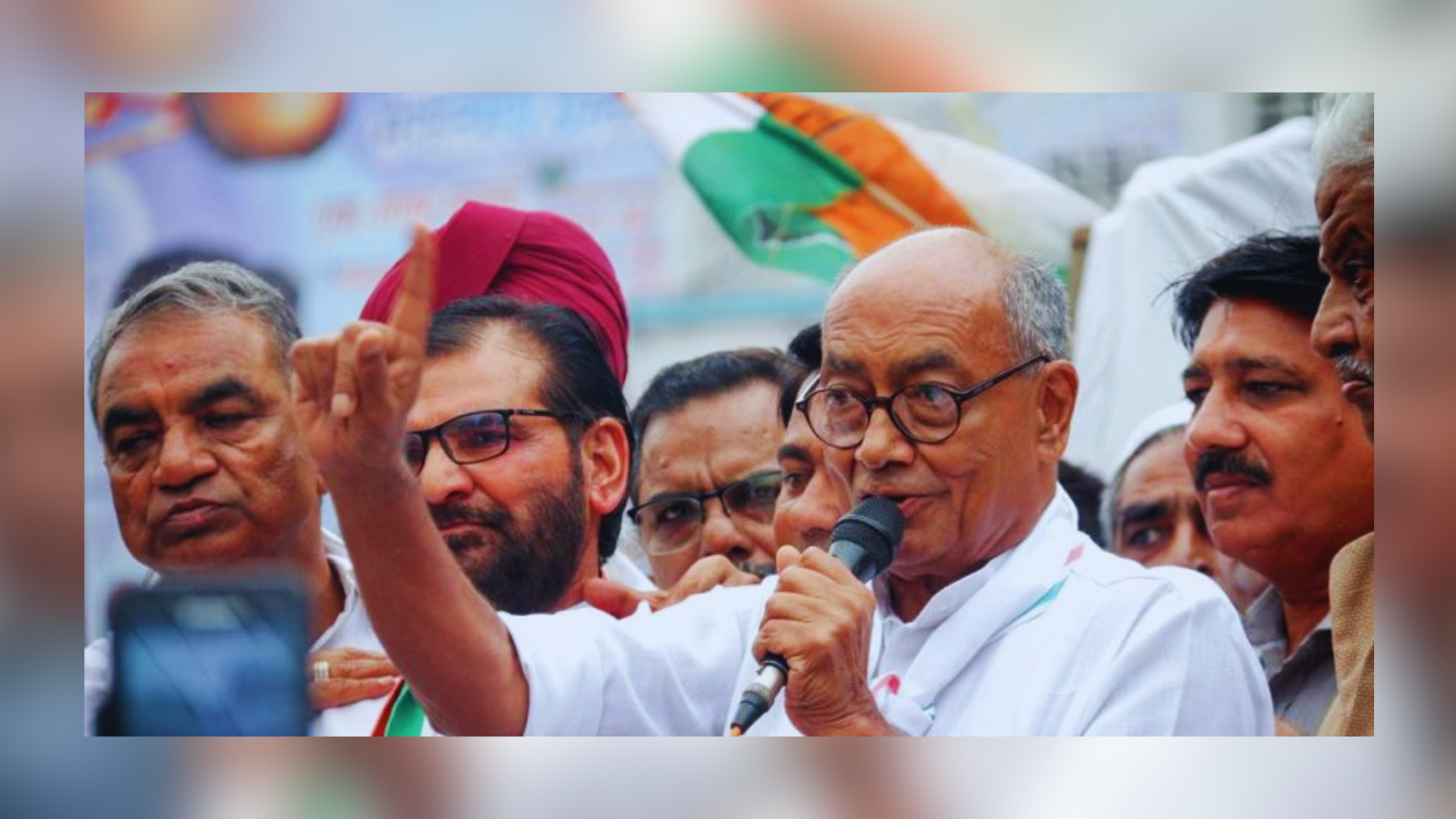




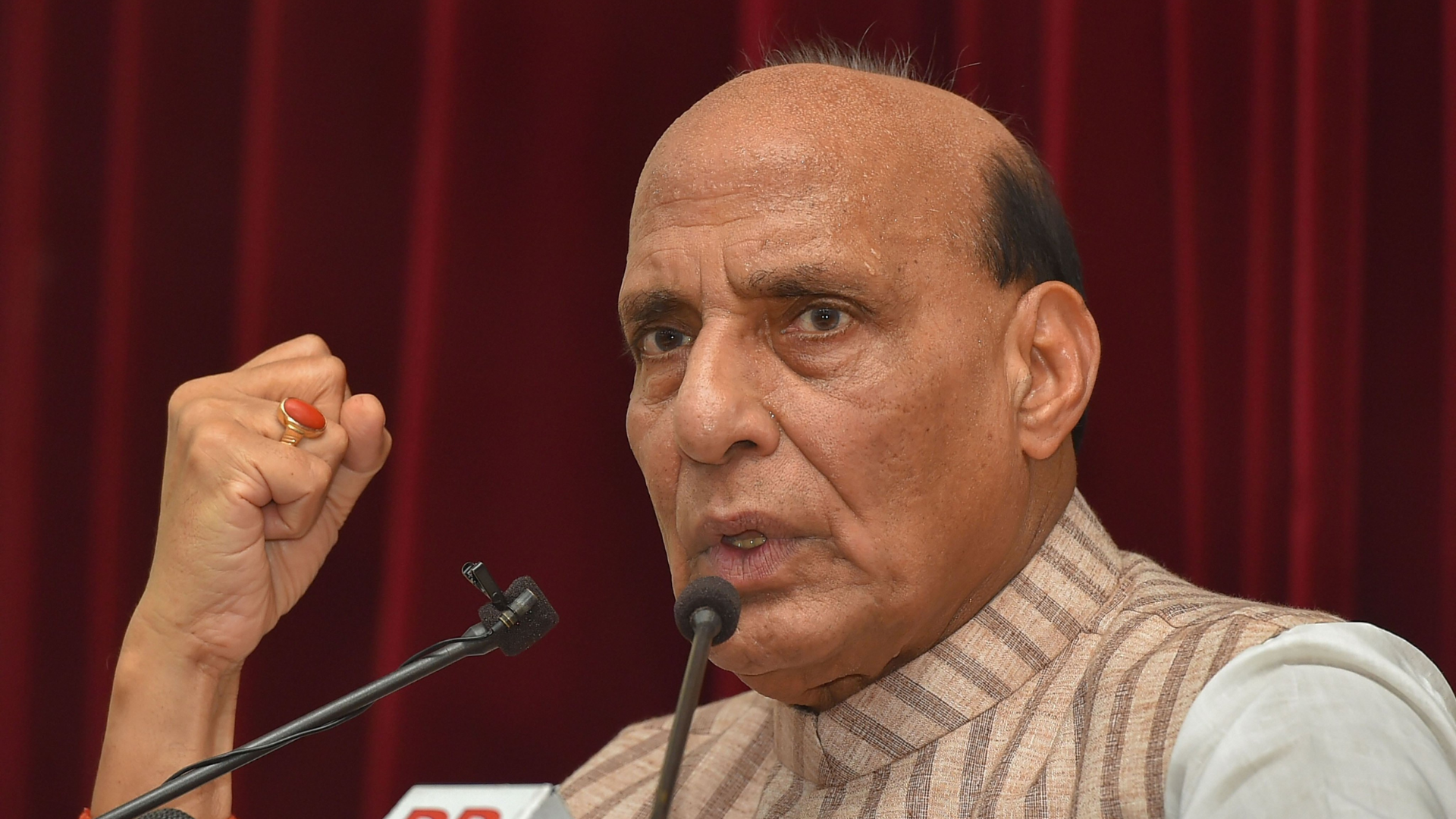
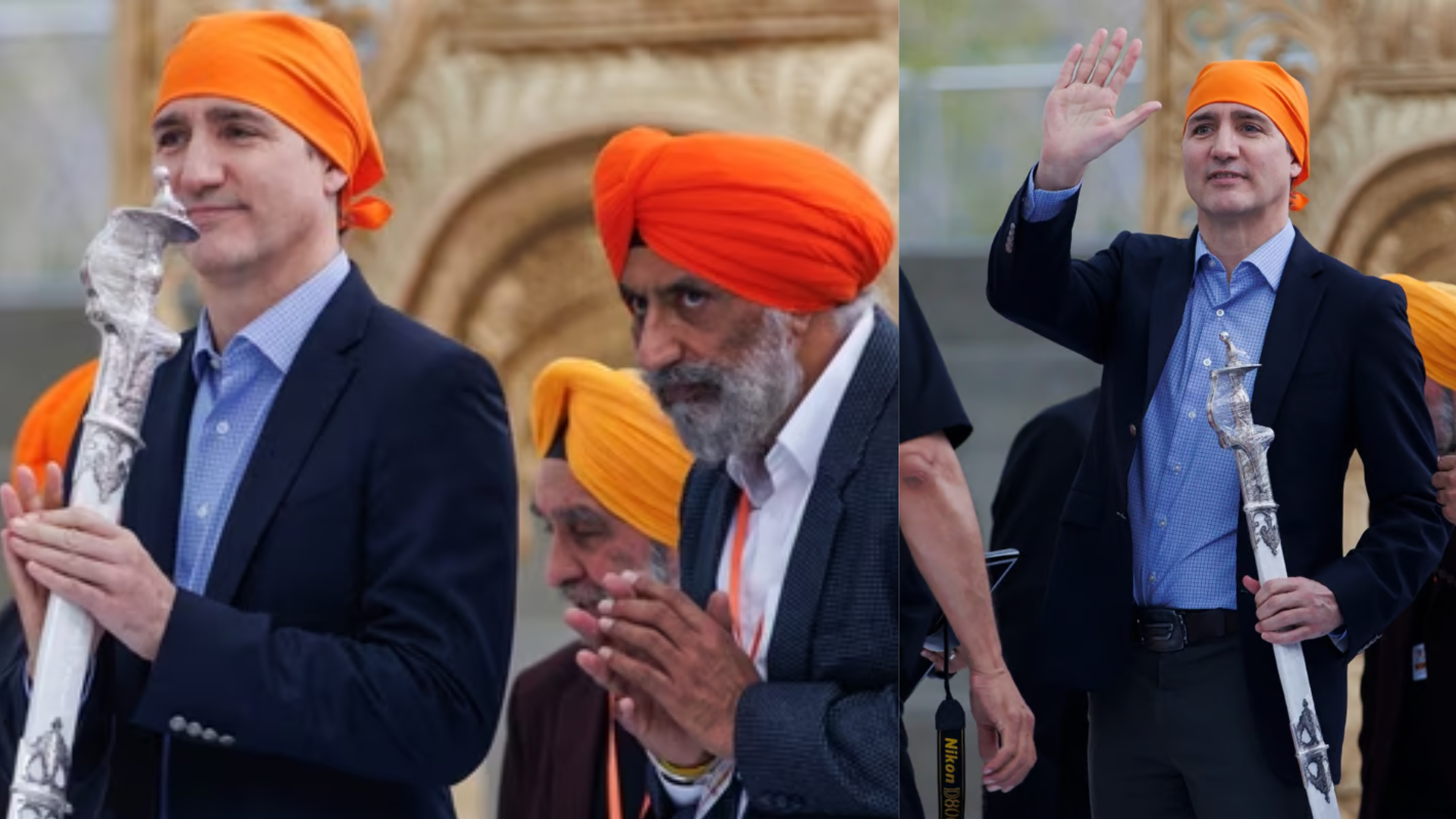
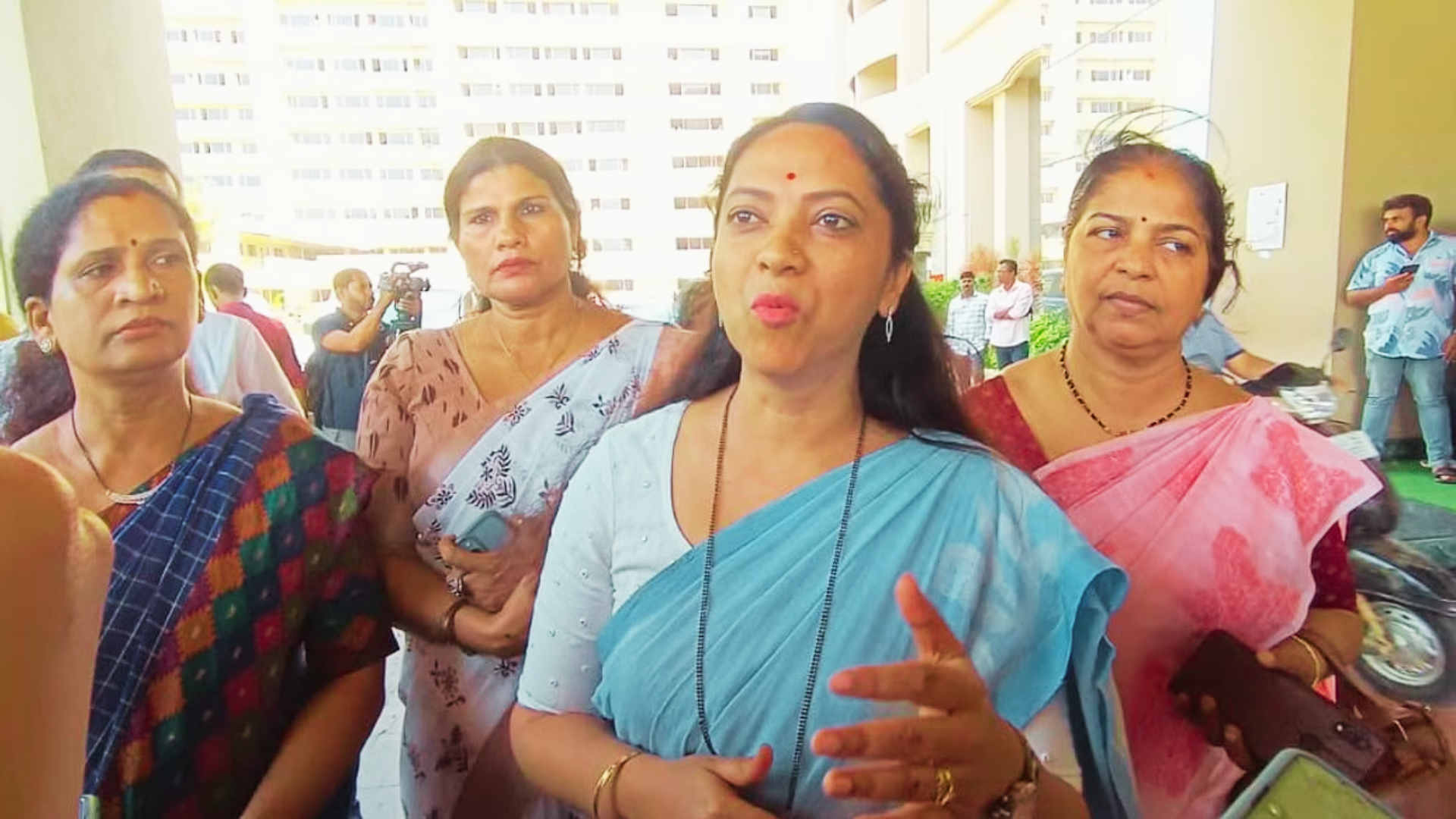

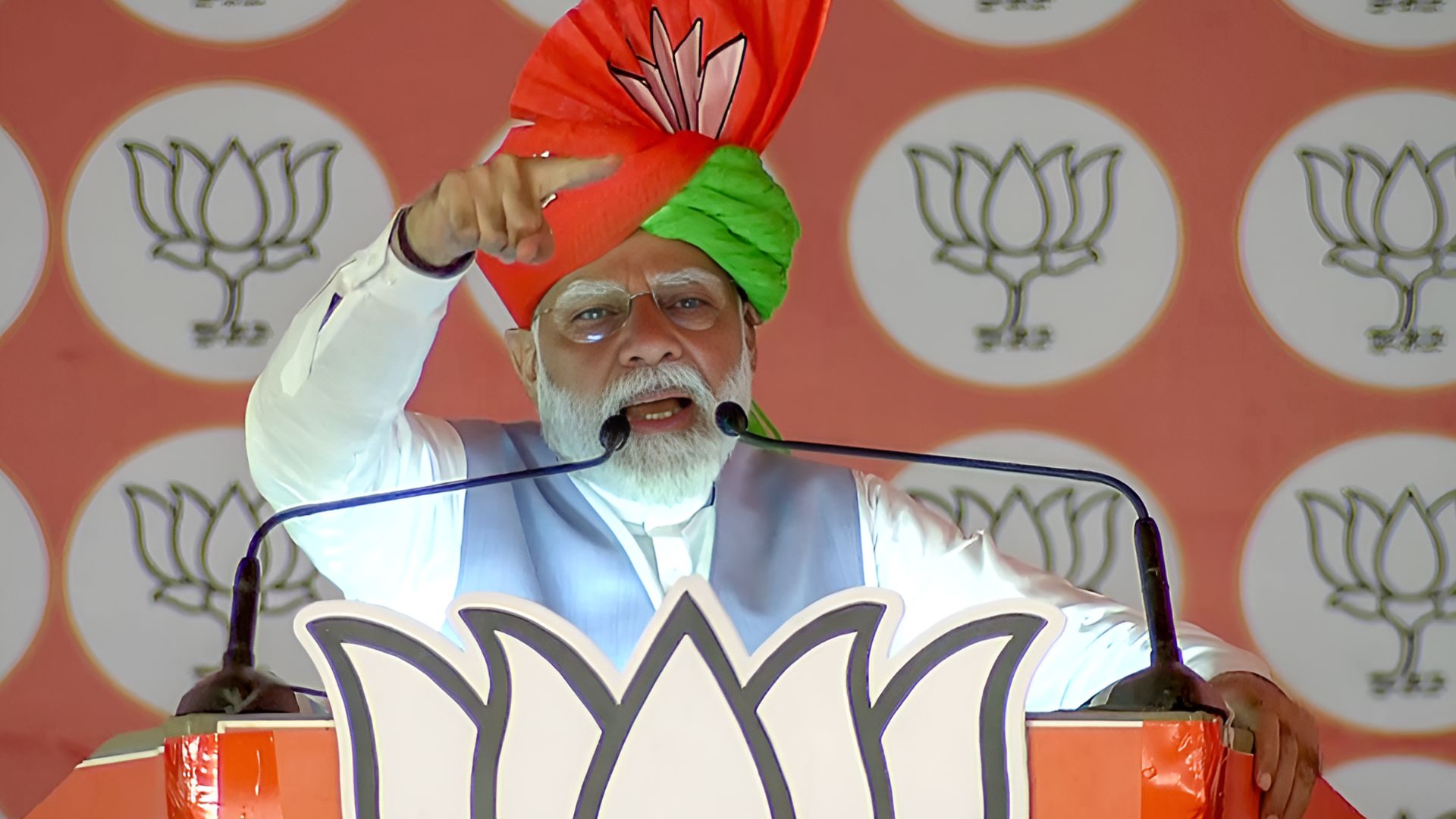
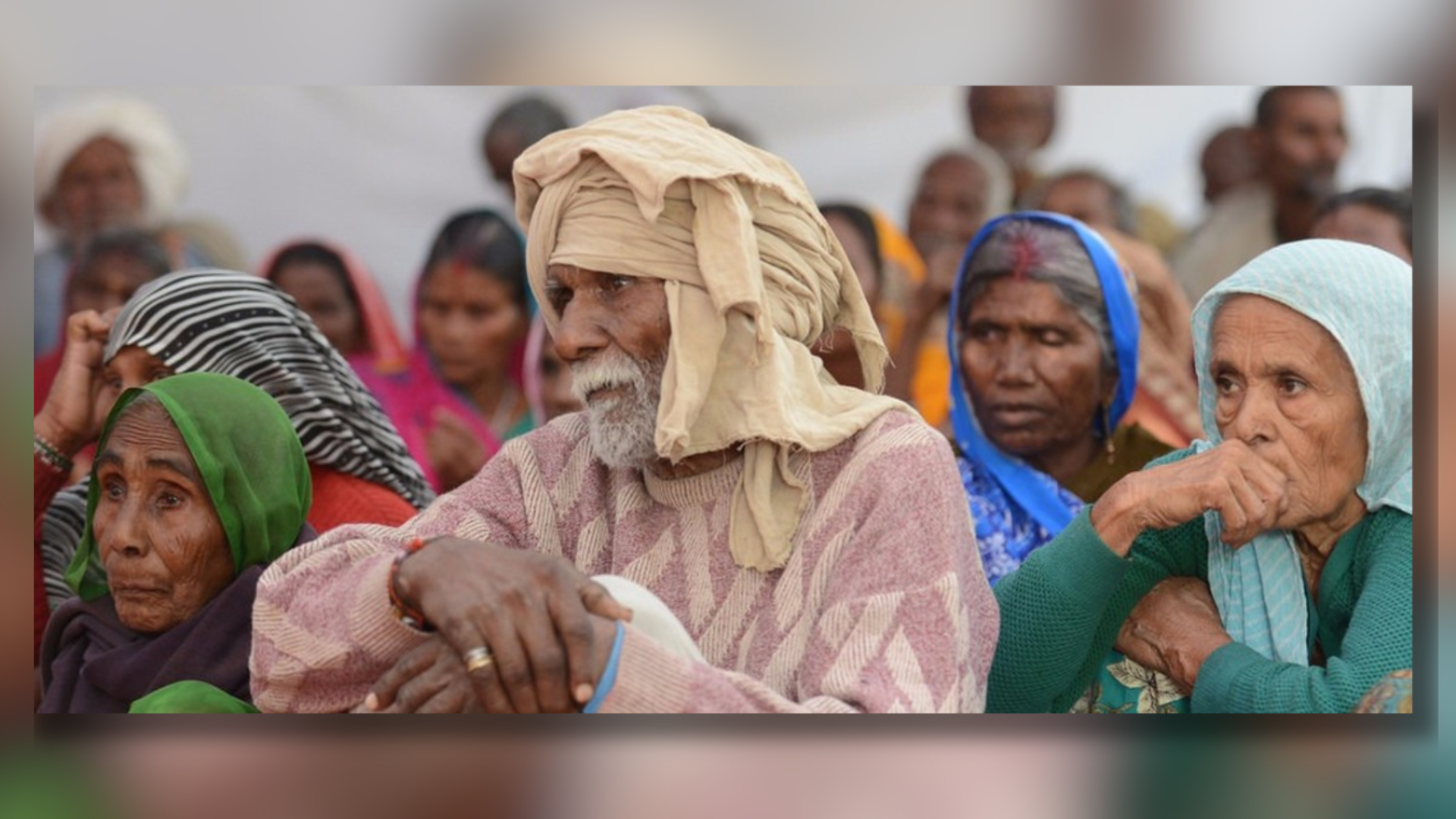
By 2050, India is poised to host nearly a fifth of the world’s elderly population, as revealed in the report titled “Golden Opportunities from the Silver Economy: Analyzing the Future of Senior Care in India” by CBRE South Asia Pvt Ltd.
The report underscores India’s swift demographic evolution, anticipating significant expansion in the senior care industry driven by demographic changes, increasing life expectancy, and the evolving desires of older adults for enhanced living standards.
“India’s senior population is expected to experience a remarkable 254% growth, making it the fastest-growing demographic segment globally. By 2050, India is projected to house up to 340 million seniors, constituting approximately 17% of the world’s elderly population” said Anshuman Magazine, Chairman & CEO, CBRE, India.
He further added “India has experienced a significant surge in the number of senior living projects over the past decade, reflecting the growing acceptance and demand in this sector”
The report notes that India’s senior population is growing at a faster pace than the general demographic, and developers are increasingly acknowledging the potential of the senior living sector.
READ MORE
Additionally, the report emphasizes a rise in specialized care and lifestyle options for seniors, leading to a notable increase in demand for senior living facilities across the nation.
Presently, there are 18,000 units of senior living facilities scattered throughout India, with the southern region taking the lead by contributing 62% to the overall supply in organized senior living and care segments. This trend is driven by factors such as higher affordability levels and the prevalence of nuclear family structures, especially noticeable in the proportion of elderly individuals living alone compared to northern states.
The report highlights that major players in the senior care sector are focusing their efforts on southern tier-I and II cities such as Chennai, Coimbatore, and Bangalore. However, other regions like the north and central zones also have significant potential, accounting for 25% and 13% of the market share of senior living and care units, respectively.
Additionally, the report projects that the total target for senior living facilities will reach around 1 million by 2024, poised to increase to 2.5 million over the next decade.
India’s current penetration rate for senior living is less than 1%, indicating ample room for growth compared to more mature markets like the UK and the US, where penetration rates exceed 6%. The report underscores India’s early stage in the senior living market, presenting extensive opportunities for expansion and innovation.
The report also mentioned that as acceptance levels increase and affordability improves, the senior living sector is set for sustained growth and innovation. It will provide diverse options tailored to the evolving needs of individuals aged 60 and above. With structured care programs, targeted policies, and specialized medical services, India’s senior care sector is well-equipped to meet the demands of an aging population in the years ahead.
ALSO READ
How Did Israel Destroy Gaza’s 4000 IVF Embryos Alongwith 1000 Other Specimens?





